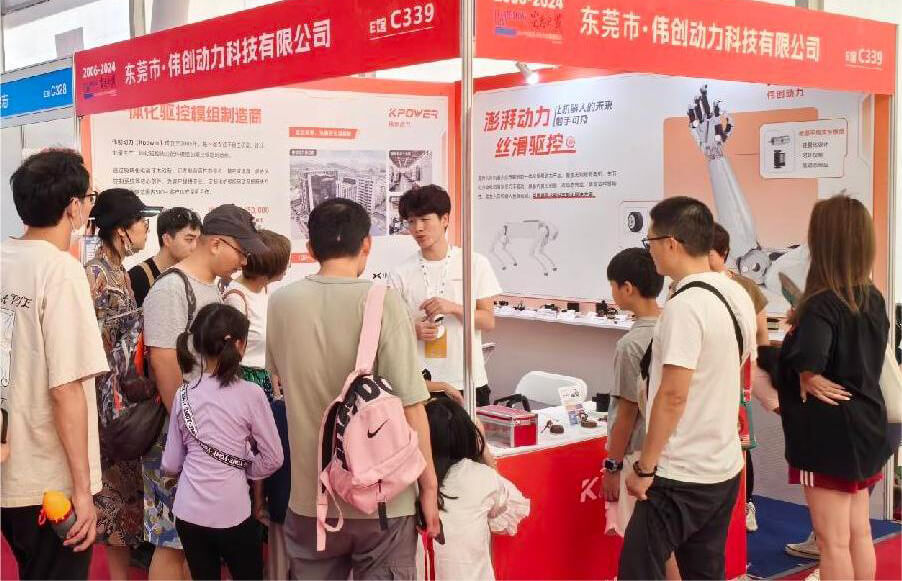When it comes to scaling microservices, ensuring that your application handles failures gracefully can be a major challenge. Enter the saga pattern—a powerful solution that’s gaining momentum in modern distributed systems. This pattern is particularly beneficial when your architecture is built with microservices, where a single request might span multiple services, and consistency is key.

At its core, the saga pattern helps to manage long-running transactions across microservices by breaking them down into smaller, manageable parts. Each part, or "saga," represents a single transaction, with its own set of operations. These are executed in sequence or parallel, depending on your needs. If something goes wrong with one part, the saga pattern ensures that compensating actions are taken to reverse the previous steps, keeping everything in sync.
So, why exactly does the saga pattern stand out in a microservices environment? Well, let’s consider an example. Imagine you’re running an online store. A customer places an order, and that order triggers a series of services: inventory checks, payment processing, shipping, and order confirmation. Each service plays a role, but if something goes wrong—say, a payment service fails—the saga pattern ensures that the inventory service will also be rolled back, preventing the situation where stock is deducted but the order isn’t processed.
A big selling point here is that the saga pattern allows your system to remain resilient. In traditional monolithic systems, a single failure might bring down the whole system. But with microservices, things are a bit more distributed. You might think this makes it harder to maintain consistency, but with sagas, it’s all about managing the “recovery” process in a way that prevents cascading failures.
One of the benefits that stands out when using the saga pattern is how it fits with modern DevOps practices. It enables better fault tolerance and can scale efficiently without requiring complex transactions or locks. Instead of a single massive transaction that locks resources across services, each microservice can independently handle its transactions while maintaining the integrity of the overall process. This leads to better performance and more flexibility in scaling.
Still, adopting the saga pattern isn't without its hurdles. One common challenge is managing the coordination between multiple services. This can sometimes get complex, especially if there are a lot of services involved. However, once you’ve got a clear understanding of how each service interacts and how failures should be handled, the saga pattern becomes an incredibly effective tool.
So, how do you know if the saga pattern is the right fit for your system? If you’re working with distributed systems where transactions span multiple services, or if you’re looking to enhance fault tolerance and scalability, it’s definitely worth considering. It might take some upfront planning to implement properly, but the results can be well worth it.
With its ability to ensure reliability and reduce downtime, the saga pattern is one of those techniques that can elevate the performance of your microservices architecture. By breaking down complex transactions into manageable units, it makes scaling not just possible, but reliable and efficient.
If you're ready to take the next step toward creating a robust microservices-based application, implementing the saga pattern could be the key to handling failures smoothly and ensuring the integrity of your transactions, no matter what.
Established in 2005, Kpower has been dedicated to a professional compact motion unit manufacturer, headquartered in Dongguan, Guangdong Province, China. Leveraging innovations in modular drive technology, Kpower integrates high-performance motors, precision reducers, and multi-protocol control systems to provide efficient and customized smart drive system solutions. Kpower has delivered professional drive system solutions to over 500 enterprise clients globally with products covering various fields such as Smart Home Systems, Automatic Electronics, Robotics, Precision Agriculture, Drones, and Industrial Automation.




































